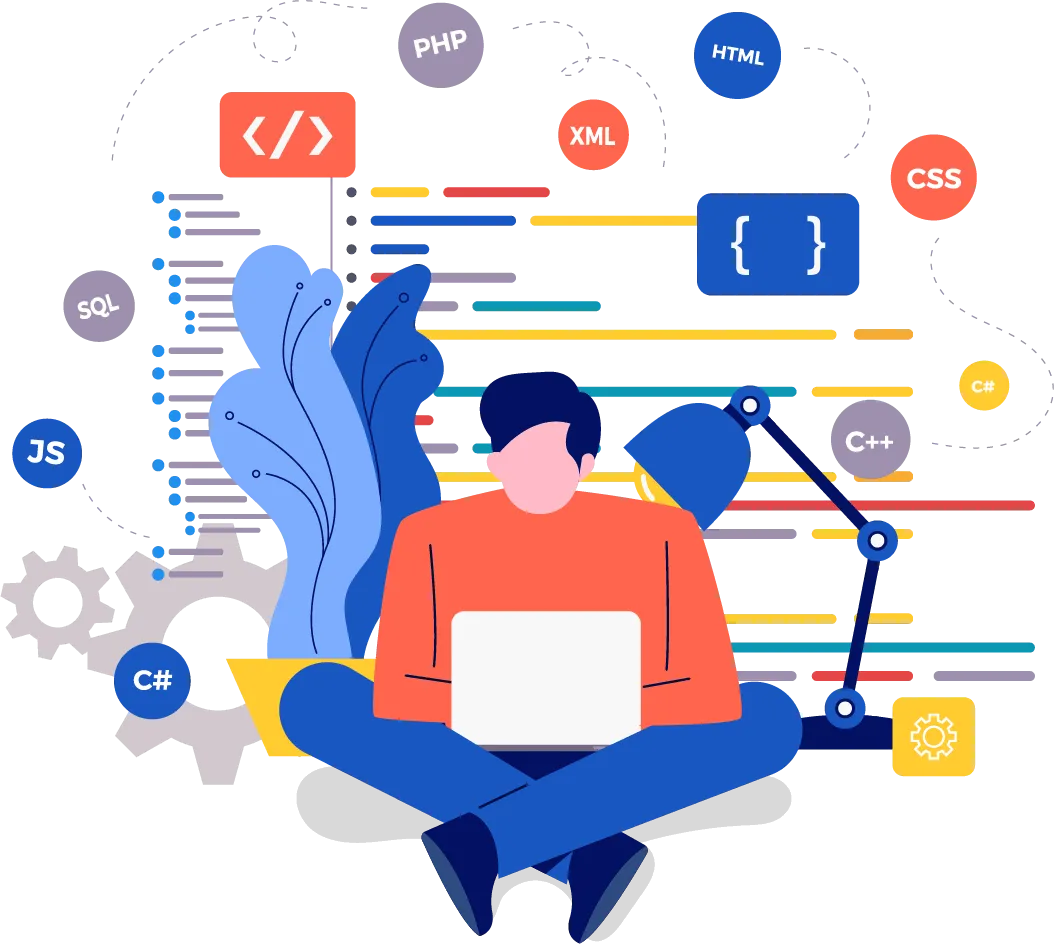Our Services
Thanks to certified specialists in the field of information technology GTSolutions provides a wide range of services such as:
We implement large-scale projects in a short time, while maintaining a high quality of work.
We always fulfill our obligations to the customers and partners in full and properly.
We are constantly developing and improving our services in order to achieve the best results in our work.
Thanks to certified specialists in the field of information technology GTSolutions provides a wide range of services such as:

GTSolutions started to realize its projects in the information technology industry of the Republic of Azerbaijan in 2007. Soon after its formation, the company received a license from the Ministry of communications and high technologies of the Republic of Azerbaijan for the development, implementation and support of information systems. We practiced the implementation of systems aimed at meeting the requirements of vendors, the development of Individual Software, IT-consulting and the provision of project management services. GTSolutions brought value to its clients by prioritizing customer needs and their business goals, also cooperating with internal teams to ensure sustainable effectiveness. The team of GTSolutions’ highly-skilled and certified experts has professional skills in various fields of IT and development. Due to this, we were able to ensure the sustainability and effectiveness of the working process.
In GTSolutions we value customer needs and focus our efforts in becoming their partner for success rather than a service provider. With our team of certified experts we go extra mile in understanding the customers’ business goals and look for ways to increase their competitive advantage. GTSolutions is built upon principles of continuous improvement, analytical decision-making and innovation. GTSolutions considers the main components of the success and future fulfillment flexibility in work with clients, the highly skilled personnel with a high level of responsibility.
Agile development methodology provides opportunities to assess the direction of a project throughout the development lifecycle. In an agile paradigm, every aspect of development is continually revisited throughout the lifecycle.
GTSolutions selected Scrum metodology to develop its software. Scrum is the most popular way of introducing Agility due to its simplicity and flexibility. Involvement in the process of work of all team members, where everyone has its own specific task, is the main feature of this methodology.
GTSolutions has a large number of projects implemented for various spheres.
Follow the latest news about GTSolutions in our dedicated section.
Successful projects implemented in the last 5 years
Years of software and IT solutions development
Experts in IT and software development